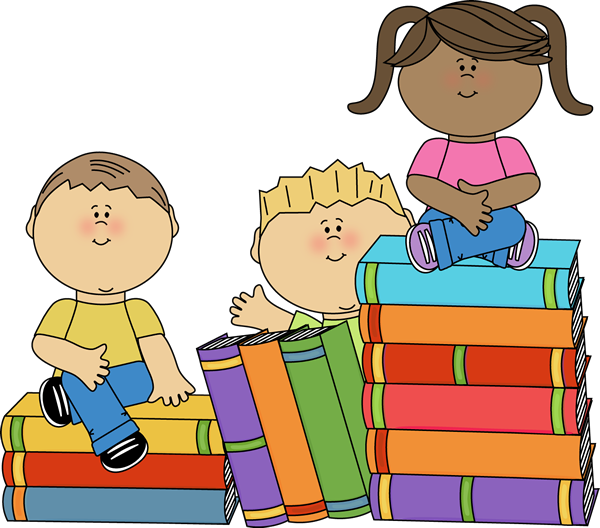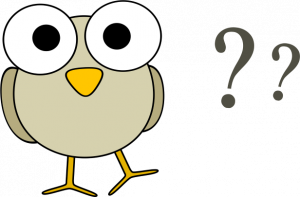 A year before taking this course, I decided to de-select pretty much my entire print reference resources. I had been in the library for a year and hadn’t seen anyone, student or teachers, even pick them up except for one time when I decided to show a couple of students the encyclopedias to look for one topic related to their project. The librarian I took over from had been working between two schools and I don’t know if the reference resources had been looked at in her time. They were stored on a very high shelf that I could not reach without a step ladder and they were out-of-date by at least 10 years. As a beginning Teacher Librarian from what I had learned about the de-selection criteria, cost of books, observations of patron use and with my knowledge of the online reference resource subscriptions my library has access to, I was confident in my decision to remove all of the print reference resources in favour of online and never look back….until now.
A year before taking this course, I decided to de-select pretty much my entire print reference resources. I had been in the library for a year and hadn’t seen anyone, student or teachers, even pick them up except for one time when I decided to show a couple of students the encyclopedias to look for one topic related to their project. The librarian I took over from had been working between two schools and I don’t know if the reference resources had been looked at in her time. They were stored on a very high shelf that I could not reach without a step ladder and they were out-of-date by at least 10 years. As a beginning Teacher Librarian from what I had learned about the de-selection criteria, cost of books, observations of patron use and with my knowledge of the online reference resource subscriptions my library has access to, I was confident in my decision to remove all of the print reference resources in favour of online and never look back….until now.
In the past, when helping students with research projects, inquiry or answering wonders, I would refer them to non-fiction books and Worldbook online but the print reference resources were never my first choice. In addition, up until recently, I would have defined non-fiction books as a reference resource. However, in reading the information about “Managing and Evaluating Reference Services” I started to question my own beliefs about print reference resources. I am now considering investing in more print reference resources after reading that “Students who use a wide range of resources in various mediums for learning have the opportunity to approach a theme, issue or topic of study in ways, which allow for a range of learning styles and access to the theme or topic via cognitive or affective appeals” (UBC, lesson 7). As well, in reading that “School librarians have a multitude of tasks; one critical task is the selection and evaluation of reference materials—print and electronic. Without the proper tools, expertise, or good judgment to accomplish this task, students’ informational needs may remain unanswered”(Riedling, p.18) I feel like I have been failing my students in some way although I thought I was making an informed decision.
So, to help me decide about adding more print reference resources to my collection, I did some further research to see what some other experts believe when considering print vs. online reference resources. From the Library Journal online, in the article
Digital vs. Print : Taking a position as an Academic Librarian by Steven Bell it argues points such as cost, ease of access and takes on the debate saying, ” For academic librarians, adding ebook content to the discovery engine vastly increases the value of book chapters as a searchable database. There are tradeoffs, such as coping with clunky display and print features, or eyestrain, but why would higher education make a case for supporting print over digital—especially when it comes to expensive textbooks?”(Bell, 2020, par.2). One point in favour of print reference resources that Bell makes that I know but have always thought of as applying to other print materials such as fiction and non-fiction books is that “New research suggests educators can add another, even more ominous, reason to the list. Students fail to comprehend complex or lengthy material in digital format as well as they do in print”(Bell, 2020, par.3). However, Bell points out that “…preference for online materials is driven by their affordability and accessibility—and the lightened load in [student] backpack[s]”(Bell, 2020, par.3). Bell concludes that “Our destiny [as Teacher Librarians] is to have one foot firmly planted in the history and tradition of print as stewards of long held collections while the other foot steps forward into the digital future. I believe we are up to the task of finding balance between the two”(Bell, 2020, par. 6). So, from this article, I realize my “balance” is off and I need to supply more print reference resources especially if I want more student comprehension of information because that’s kind of the point, isn’t it?

Being a good Teacher Librarian and wanting to make sure that I didn’t just find a resource whose opinion I was biased towards, I found from the UBC library in the journal, “The Reference Collection:From the Shelf to the Web”, the article “Getting It Right-The Evolution of Reference Collections” by Margaret Landesman. Landesman seems to be even more pro online in saying, “Many printed reference titles were important to us as a way to keep track of what’s in other books or in journals. The ability to search full text, though, turns every collection of online texts into a reference collection and provides an automatic concordance for every title. Titles can no longer be tidily separated into ‘reference works’ and ‘general collection.'”(Landesman, 2005 p.19). I guess part of the fear for librarians is that if there is too much of a shift towards digital, where will that leave the library and us? I like Landesman’s explanation: “It seems evident that there will continue to be reference librarians, though perhaps they will use some other title. Reference collections, though, might be a less certain bet. Why will we move away from ‘reference collections’? Partly because, given the convergence among formats, we can’t recognize a reference book when we see one. Nor can its electrons be pinned down to a ‘reference collection.’ Why will we still need ‘reference librarians’? Because users frequently need more, rather than less, assistance to find needed sources and information. The needle in the haystack was hard enough to find when there was only one haystack. Now the number of haystacks is multiplying”(Landesman, 2005, p.19). This makes me feel better in that I now have a more solid argument when people tell me that if I promote digital too much then I’ll be out of a job. In addition, I now feel like I need to do more lessons on how to access and use the online reference collections that the district supplies.
In conclusion, I do not think that I will be buying an entire collection of Encyclopedias any time soon but I will be looking into some age-appropriate print reference resources in singles and choosing a more accessible shelf or area for students to browse. The two articles support the idea of having both print and digital reference resources regardless of cost even if most patrons seem to prefer online reference resources. Although I believe that my job as a Teacher Librarian, regardless of time or budget, is to “promot[e] reading and language development and literature appreciation” (UBC , lesson 6) I now have realized that I need to supply reference resources in various formats even if I have a multitude of other print resources that could also be used for research and inquiry.
Works cited:
Bell, S. (n.d.). Digital vs Print: Taking a Position as an Academic Librarian: From the Bell Tower. Retrieved from https://www.libraryjournal.com/?detailStory=digital-vs-print-taking-position-academic-librarian-bell-tower.
Clipart Library. (2020). Book Clip Art #2949685 [Image]. Retrieved from http://clipart-library.com/clipart/book-clip-art-37.htm.
Landesman, M. (2005). Getting It Right-The Evolution of Reference Collections. The Reference Librarian, 44(91-92), 5–22.
Pin Clipart. (2020). Problem Clipart Animated – Reasoning Question With Answer [Image]. Retrieved from https://www.pinclipart.com/pindetail/oTooh_problem-clipart-animated-reasoning-question-with-answer-png/
Riedling, A. (2013). Reference skills for the school library media specialist: Tools and tips, (Third Ed.). Santa Barbara, CA.: Linworth, an Imprint of ABC-CLIO, LLC.
UBC. (Winter 2020).“Lesson 6: Managing the Reference Collection“. Theme 2: Managing and evaluating reference services in LIBE 467. Canvas Online Classroom.
UBC. (Winter 2020).“Lesson 7: Evaluating Reference Services“. Theme 2: Managing and evaluating reference services in LIBE 467. Canvas Online Classroom.
